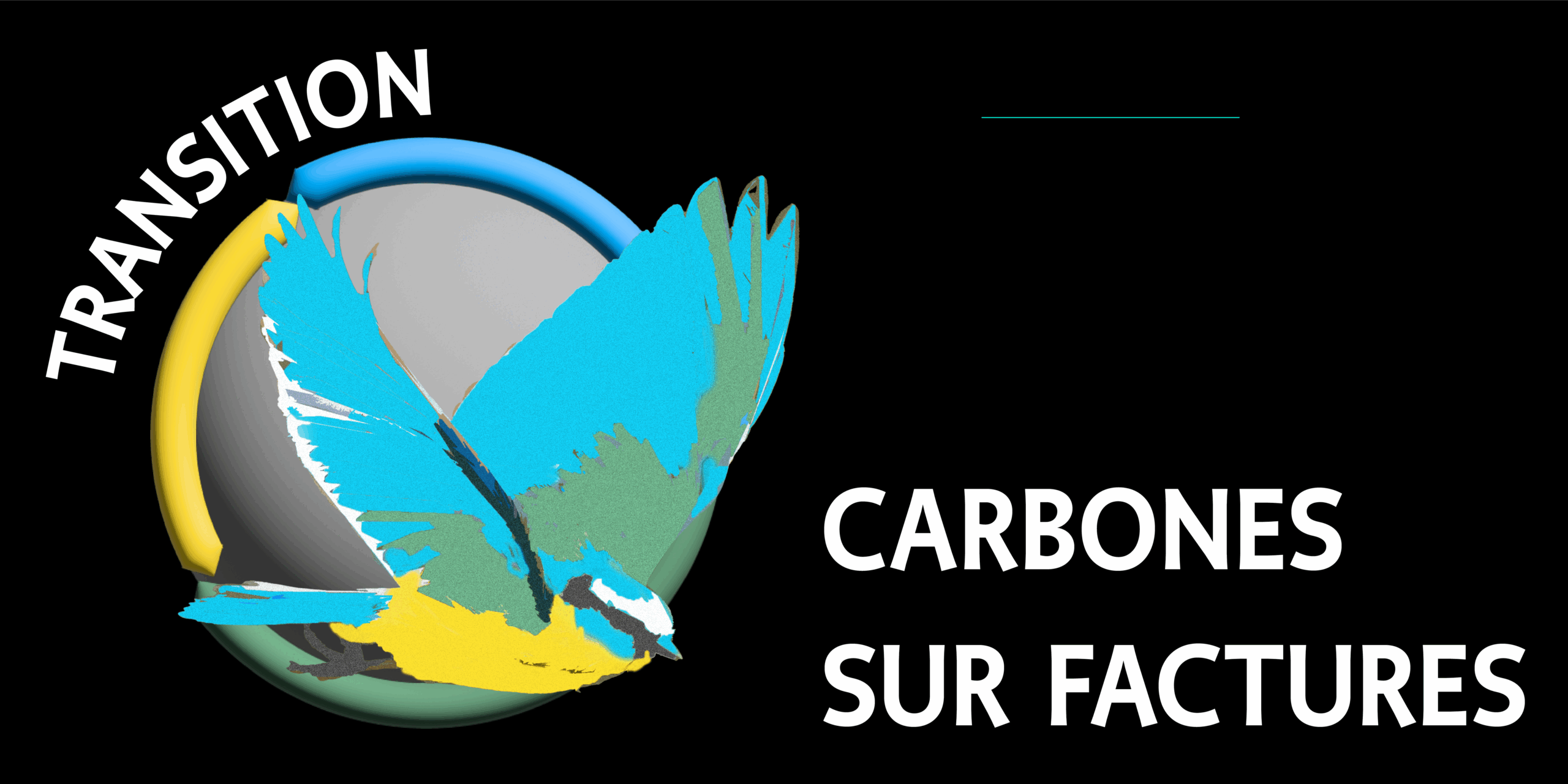Contributions to the trajectory
Companies
This page describes one of the worksites to develop Carbon on Invoices and to associate to each product or service its precise and sincere weight in greenhouse gases (or « carbon footprint »). The list of worksites is at the bottom of the page.
Page enriched by discussions between subscribers
Mobilisation requires that everyone’s decisions are informed by carbon on invoices, but also that each person and each institution has a view of its annual climate contribution to the collective Trajectory, so that it can be continuously improved. Carbon on invoices provide the necessary information to producers in general and companies in particular.
The overall contribution of a company (or any institution) is the sum of the contributions in its different roles. It has a contribution as a producer and as a funder. These contributions are consistent with the collective Trajectory. The individual contribution goes in the same direction as the general contribution and for the same amount : 100 carbons of individual contribution is 100 carbons on the Trajectory. On the other hand, there is a triple count between production, consumption and financing. And there are also multiple accounts along a production chain.
Its accounting gives the producer the annual footprint of its production, which is that of its sales. Is the annual variation of this footprint the producer’s annual contribution to the 2050 Trajectory? For some this is obvious, for others it deserves a collective debate. There are three ways in which a producer can reduce its footprint from one year to the next : by lowering the carbon content of each product in its range, by increasing the share of its sales of the least carbon-intensive products, or by reducing its sales volume. The first two ways have a positive impact on Trajectory 2050 : the producer’s action is good for the community. This is not the case for the third way, which would justify measuring the carbon performance of a producer by removing the variation in its sales volume.
Consider a producer of one million desserts at 10 carbons per piece and one million desserts at 20 carbons per piece. The producer can improve its footprint by lowering the carbon content of each product, or by encouraging its salespeople to offer the first product instead of the second. In both cases, this effort will be reflected in the collective trajectory: the performance measure has been aligned with the collective interest. The producer can also sell less, but there is no longer alignment. Apart from the fact that it seems difficult to mobilise a producer on a drop in sales, it is not certain that this drop is good for the 2050 Trajectory: everything depends on what replaces his production in the budget of the customer who has stopped buying his dessert: it could be another dessert at 30 carbons a pop.
It is difficult to share the responsibility for the contribution between different producers in a production chain.
The allocation of contributions between the different stages of production is weakened by the double counting of carbon intensity variations at all stages of production, both for productivity improvements and for degradations. Corrections can be made if each stage reports to the next stage (with the footprint) what it has already counted in its trajectory, but this is an additional complexity, and one more piece of information to be shown on the bills.
These corrections can be dispensed with if the mobilisation and commitments are made at the level of complete production chains that show solidarity in their actions?
Start, Primary carbon, Electricity, Accounting framework, Customs scale, Carbon disclosure, Software, Contributions to the trajectory : Companies, Finance, Individuals, Territories
